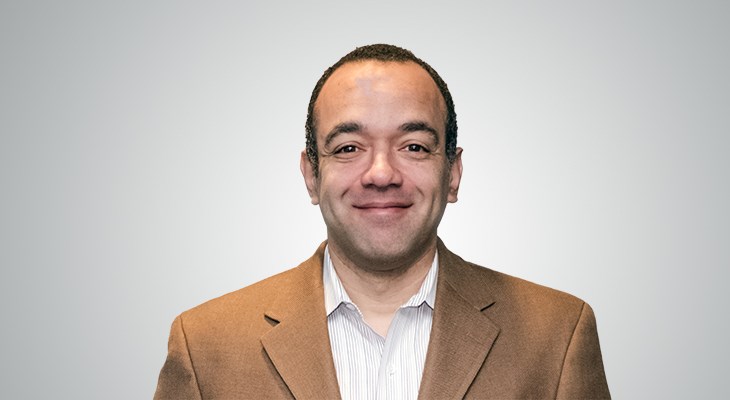Like a lot of companies, Within3 started from scratch, says Founder and CEO Lance Hill. In the early days, it was angel backed, and so was doing small, consistent capital raises in the angel community for a while. As the business grew and become cash positive, Within3 added a venture capital company into its cap table with what Hill called a Series A-style cap raise, and then in 2020, raised $100 million from venture and PE firms Insight Partners and Silversmith Capital Partners.
"The purpose of capital is to propel your business," Hill said at last year's Cleveland Smart Business Dealmakers Conference. "And so if you have a strong understanding of where you're trying to take your business and why, what's necessary to get there, part of that is also understanding who you need to surround yourself with. In the early days, when we were doing angel and very small raises, that was more about operational cash flow and making sure that we had the right cushion to continue growing, to continue to invest and test things in the market. Then as we got to scale, it really became, we had to not only raise money, but we're a global company, we've done a couple of acquisitions, we knew we were going to need capital to do acquisitions to further our strategy. So that was a piece of it. But probably most important for us was also realizing that the same board table that we had when we were a $5 million startup that represents different blocks of angels is not the same board table that's going to take you to be a multi-hundred-million-dollar revenue firm."
Hill says the company knew capital was needed to drive the strategy faster. That could have happened organically. But, he says, that would have meant owning a lot of a smaller company, which wasn't what he was interested in doing. He also wanted access to infrastructure and networks of people who had been there and done that and grown global, founder-LED companies into very important companies.
"And so the capital raise served both of those purposes for us, really upgrading our boardroom, our network, our capitalization, and helping us with things, like we had never done acquisitions before; so, giving us access to those who had been there and done that so that we didn't make errors along the way that we might have otherwise have made," he says.
When raising capital from angel investors in the earlier days of the company, Hill says he recognized there wouldn't be a single $10 million raise available to them. That meant he needed to raise money in smaller tranches. So, the window that the company was looking at to use up a round of funding was usually 12 to 18 months — raising small tranches, checking to see if the company is hitting milestones. Also, he says, when a company is smaller, if its not immediately heading into a venture structure for Series A, and is instead raising angels, valuations can change, market value can change a little more quickly.
"And so that was what was going on there. It was a shorter time focus," Hill says. "We didn't have proof points and scale, so it was really building out what we needed. We were deploying money very carefully."
Fast forward and it was no longer about operational cash flow or survivability, instead a raise could propel the company to either go public, to become a private company of increasing valuation while driving additional rounds for the company later, or it could propel the business to a strategic exit.
"And so, we recognize that for this last round, this had to be enough to get us to the next big ticket in our journey as a company," he says.
Hill says sometimes when he would talk to potential capital partners and there's a feeling that comes back across the table that they have the money his company wants and to get it, they'll need to impress those investors. But as a business owner, it's important to turn that around.
"How can you help accelerate my business? The money is kind of fungible and kind of a commodity," he says. "If your business is strong enough to command enough financials, people are going to want to invest in it. And so, when I think about equity, equity means you have a percentage of something. If I own a hundred percent of a $100,000 business, I might feel really good and powerful inside that I'm a self-made $100,000 business owner. Or if I own 1 percent of a billion-dollar business, that's a whole different feeling. And so I look at it as you're giving up equity, you're being very careful with it because that's ultimately the reward for you at the end of this journey, financially. And if you've not stewarded that appropriately, you could find yourself looking back and saying, Wow, the company did really great but I was left to the wayside along the way because I wasn't thoughtful enough about what I was thinking."
Fundamentally, he says, what you're trying to do is determine what you want. Is it fine to own less of a bigger company if the value of that exceeds owning more of a smaller company? Or is it better to own more of a smaller company and taking seven years to get it big, rather than own a smaller percent of something that can grow bigger in two years? It's the time value of the opportunity an entrepreneur needs to consider.
"That's the ratio you're thinking about, at least in my mind, whenever you're in an equity transaction, is how do you balance what you're giving up, what it's going to propel you to be, what the outcome of that is for you, and where does that leave you at the end of that journey?" he says.




